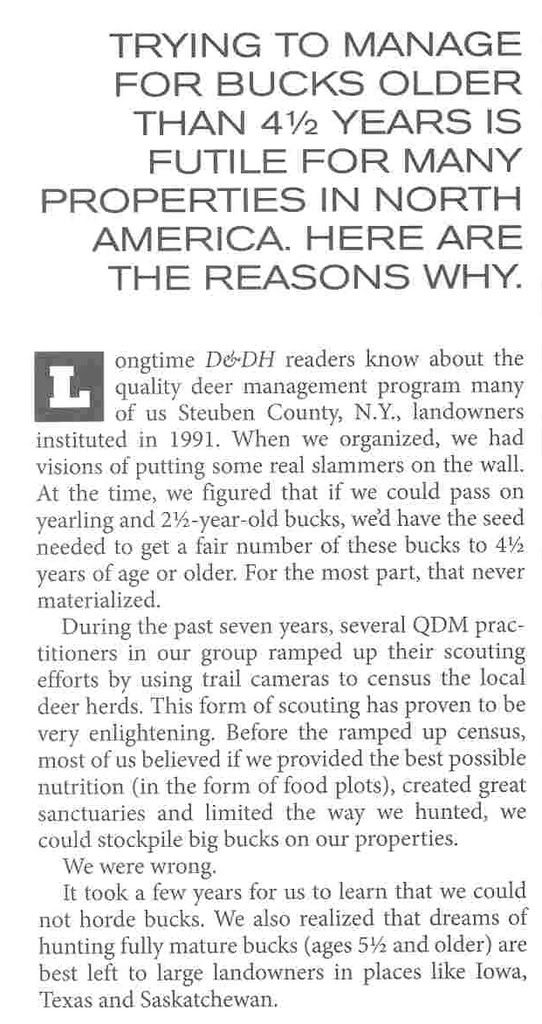deerchaser007 said:
BSK said:
Great information deerhunter007. Sounds like your doing everything you need to be doing and seeing some success.
From your descriptions it sounds like what is needed is more education of hunters, something several of us have harped on to the TWRA, but I realize budget limitations provent wide-scale educational efforts.
Thanks,. i could improve my situation greatly in my area if i could get all the hunters that i have in the coop now to focus more on habitat and food plots. BUT,.. i'm in the hillcountry,.. hard to work in food plots on a hillside and hard to get a tractor up to the ridgeflats and for sure hard to get them interested in doing it by hand. BUT,.. i really believe i could increase the amount of older age bucks(3.5 & older) to above average in my area just from habitat work on surrounding properties. I just ain't got them that far into the management yet. BUT,. management babysteps will soon pay off over time also.
Habitat improvements can certainly help. But again, we're back to "realistic expectations." I've seen many examples of what works and what doesn't work, and in TN unless a manager has several hundred acres to work with, I wouldn't feel comfortable telling them they can successfully manage for 3 1/2 year-old bucks. 2 1/2s, absolutely, but not 3 1/2 unless they were surrounded by larger clubs/leases.
And that's one of the major limitations in what the TWRA can do with bag limits and seasons. In a single county there may be a section where all of the land is broken up into 40-80 acre properties and there are 1, 2, or 3 hunters on each property. In that situation, even 2 bucks per hunter is too many. Yet just down the road may be a club or lease with thousands of acres and only 10 hunters. In that situation, a 2 buck limit may be unnecessarily limiting the hunters harvest. 3 does per day may be too many in the small-property area, but no limit on does what-so-ever may be perfectly acceptable on the nearby leases. The TWRA simply can't set limits and seasons that work for everybody. Everything has to be a compromise.

